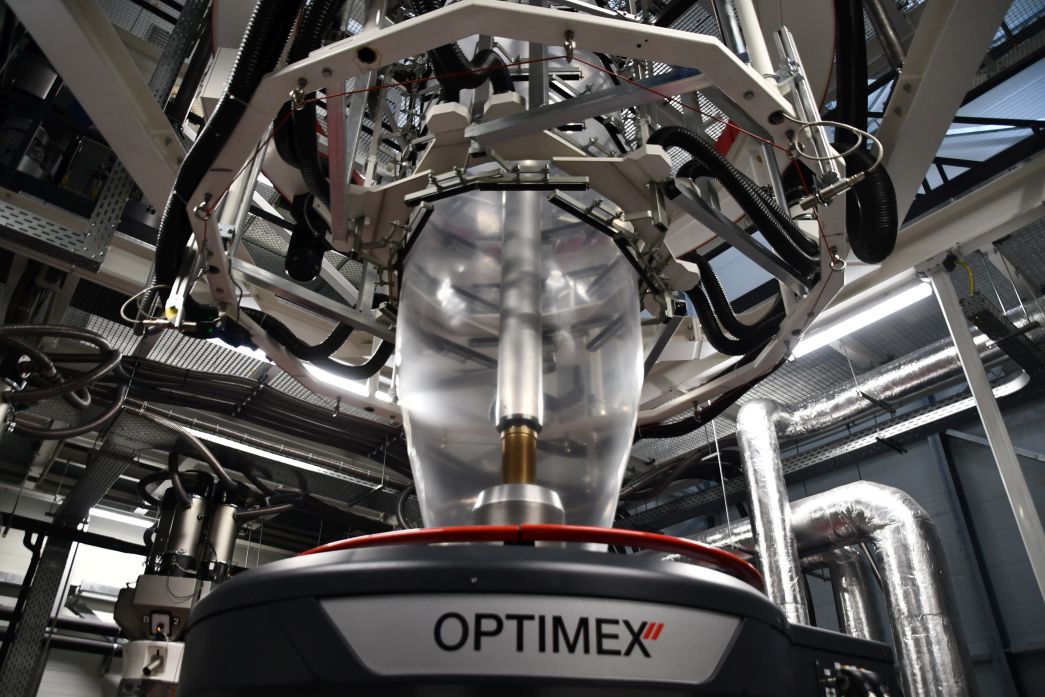




BOPP is a type of polypropylene film that is used for a variety of applications, from food packaging to labeling, laminating, and graphics. It is an extremely versatile material that offers excellent clarity, stiffness, and good printability, so it’s difficult to wonder why it’s so popular.
BOPP stands for biaxially-oriented polypropylene, and it features a structure that has been stretched in two directions, which makes it stronger and more tear-resistant than regular polypropylene. It is also lightweight, eco-friendly, cost-effective, and non-toxic – an ideal choice for use in food-related products.
Below, we dive deeper into the topic, explaining what BOPP exactly is, what its benefits are, and why it matters for the packaging industry.
BOPP stands for biaxially-oriented polypropylene. This type of plastic film is made from polypropylene (PP), a type of thermoplastic polymer that is extremely versatile and can be used for a wide range of applications, from food packaging to labeling, laminating, and graphics.
BOPP is different from regular PP as it has been stretched in two directions during the manufacturing process. This process, called biaxial orientation, makes the material stronger and more tear-resistant than regular PP. It also gives BOPP superior clarity, stiffness, and good printability.
Due to these properties, BOPP is an ideal choice for use in food-related products, as well as other applications that require a durable, lightweight, and non-toxic material. The film is widely used in the packaging industry to create bags, pouches, labels, wraps, bubble wrap, shrink film, and more.
BOPP also offers excellent water resistance, making it a great option for outdoor signage, as well as protective packaging for items that need to be kept clean and dry. Additionally, it has good optical properties, meaning it transmits light well, so it’s suitable for displays and window graphics.
The main benefit of BOPP is its superior strength and durability compared to regular PP. The biaxial orientation process enables the material to resist tearing and puncturing, which makes it ideal for applications like food packaging and protective packaging.
It is also lightweight and non-toxic, therefore safe for use with food and other sensitive products. Additionally, due to its superior clarity and stiffness, it’s an excellent choice for creating labels and graphics. It is also cost-effective, so it’s an attractive option for businesses looking to cut costs while still providing quality packaging
Another benefit of BOPP is its good printability. The material can be printed on using a variety of printing techniques, including flexography and offset printing. This makes it easy to create high-quality labels with vivid colors and sharp images. Additionally, the material is easy to convert into different shapes and sizes, allowing for the production of custom packaging solutions.
BOPP is non-toxic, so recyclable and biodegradable as well, so it is an environmentally friendly alternative for packaging applications.
Finally, BOPP offers excellent water resistance, making it suitable for outdoor signage and protective packaging applications. It is also heat sealable, allowing for airtight seals that keep products fresh and secure during transport and storage.
In conclusion, BOPP is a type of polypropylene film that has been stretched in two directions during the manufacturing process, making it stronger and more tear-resistant than regular PP. It also offers excellent clarity, stiffness, and good printability, so it’s the perfect option for use in food packaging, labeling, laminating, and graphics.
Its other advantages include its lightweight and non-toxic properties, as well as its good water resistance and heat sealability. All these benefits assure BOPP is an indispensable material for the packaging industry, allowing for the production of custom solutions that keep products safe and secure.